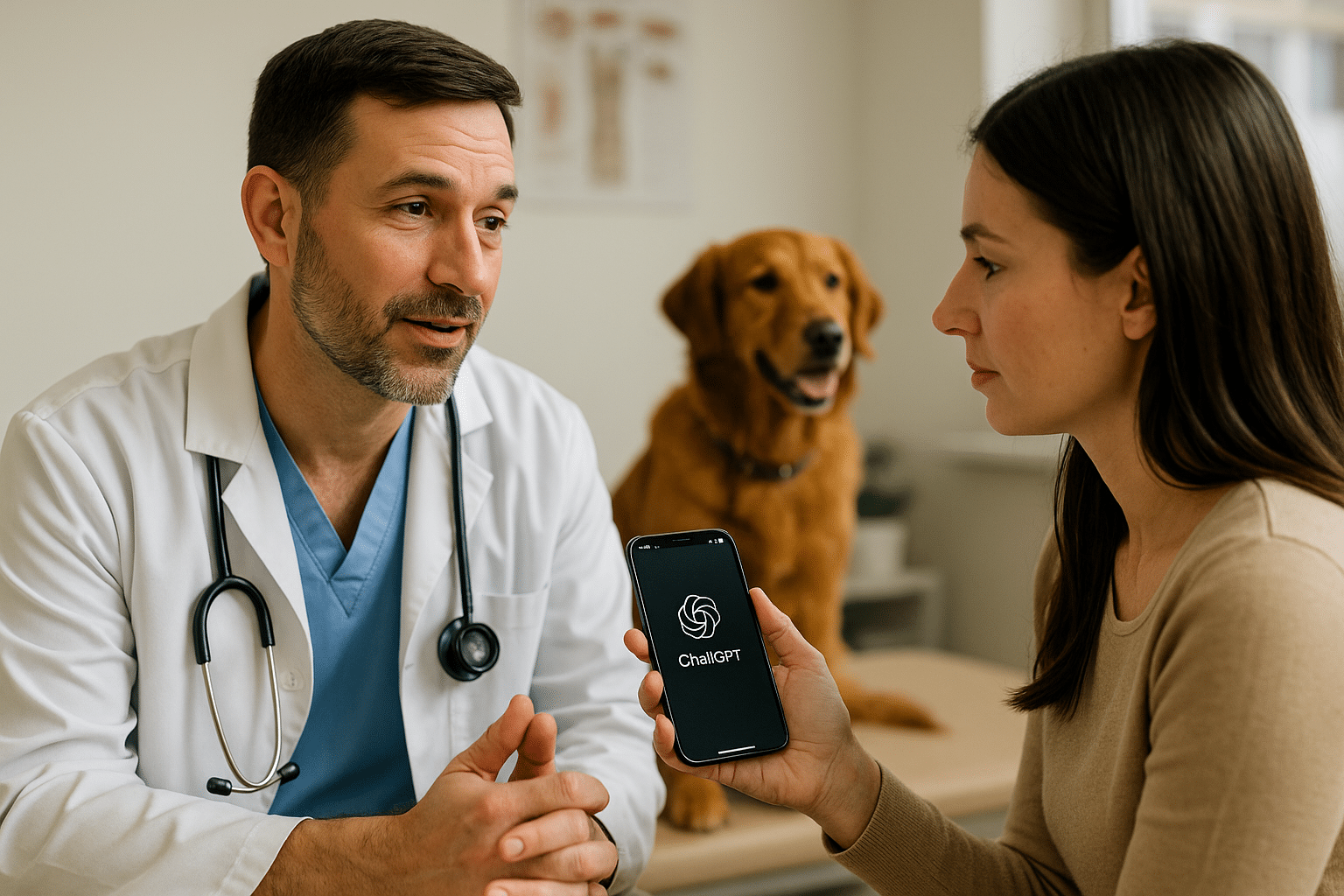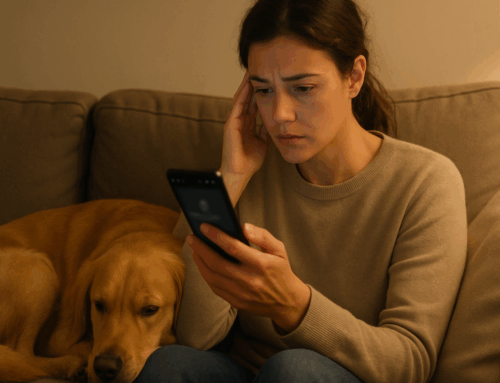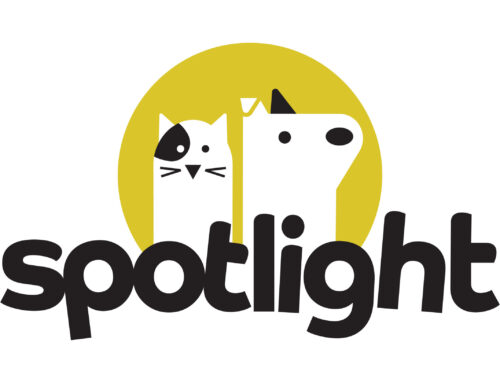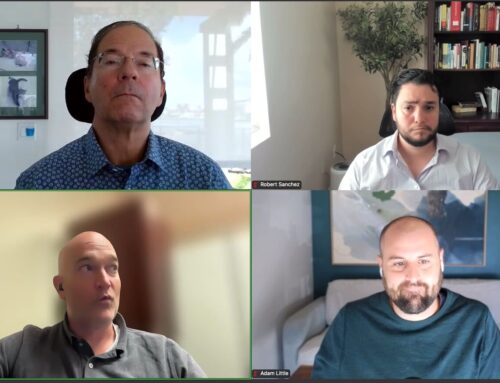The Myth of Client Education on Veterinary Websites
Veterinary medicine is full of tools that promise to make client education easy. At first, these were simple libraries of articles you could post on your website. Now vendors are offering full AI chatbots that claim to answer every pet owner’s question.
Here’s the problem: that’s not how people actually behave.
When pet owners want health advice, they don’t go digging through a veterinary website. They open Google or ChatGPT. In fact, 77% of people begin their health inquiries online, often before they even consider calling a professional. OpenAI is investing heavily to make AI a trusted health guide, and they’re already encouraging consumers to use chat for medical questions.
That’s a tough reality, but also a huge opportunity. Because where veterinary practices can’t win is the encyclopedia game. Where they can win is distribution.
The Harsh Truth About Client Education
Think about the last time you had a question about your own health. Did you check your doctor’s website? Probably not. You Googled it.
Your clients are no different. According to Google Health, about 1 in 20 searches on Google is health-related. That’s billions of queries every year — far more than any single practice website will ever see.
Your website plays a different role. It’s where clients evaluate your hospital, your team, and your philosophy. It’s not where they expect to find answers to every question about itchy skin or vomiting.
Trying to compete with Google or ChatGPT on raw information is a losing battle. The future of client education in veterinary medicine isn’t about being the biggest library. It’s about knowing your clients and giving them the right information at the right time.
The Role of Educational Content on Your Website
So if people aren’t sitting down and reading every article on your website, does that mean you should stop publishing them? Absolutely not.
Educational content still matters for three big reasons:
- Search engines: Google rewards sites that publish fresh, authoritative content.
- AEO (Answer Engine Optimization): AI tools like ChatGPT pull from structured, credible sources. The more you publish, the more likely you are to be included (Search Engine Land).
- Distribution backbone: Blog posts and guides give you reusable content for email, social media, and client handouts.
Even if clients aren’t browsing through your blog library, those posts are still working for you in the background, shaping both search visibility and distribution.
Where Practices Can Actually Win: Distribution
Here’s the advantage you have that Google doesn’t: context.
You know which clients are getting a new puppy. You know who just found out their cat has kidney disease. You know which families are preparing for surgery.
That means you can send the right content, at the right moment, to the right person. That’s where trust gets built.
Examples:
- A “New Puppy Owner Crash Course” tailored to your community and practice philosophy.
- A “Managing CKD in Senior Cats” workbook sent after diagnosis.
- A review of local boarding facilities or dog parks, with your expert perspective on safety and enrichment.
That’s content no AI can replicate. And personalization matters: 71% of consumers expect companies to deliver personalized interactions, and 76% get frustrated when they don’t.
Why Bespoke Content Cuts Through the Noise
Generic handouts and AI-generated guides don’t stand out. They feel like filler. Bespoke content does two things:
- It feels personal. Clients trust it because it clearly came from you.
- It helps you get found. Hyper-local, authoritative content still performs well in search and gives you a chance to capture attention even in an AI-dominated landscape.
The risk of relying on generic or AI-only materials is real. A 2023 WIRED report warned of the “AI slop” flooding the internet — content that’s generic, repetitive, and often inaccurate. By contrast, practice-authored, hyper-local materials cut through that noise and strengthen your reputation.
How Digital Empathy Helps Practices Create Useful Content
This is exactly where our team at Digital Empathy comes in. Led by Jess Trimble, DVM, our content team blends veterinary expertise with creative storytelling. We help practices:
- Build localized guides, workbooks, and courses.
- Publish regular blog posts that feed SEO and AEO.
- Create distribution strategies that ensure clients see the right content at the right time.
You already have the insights and client relationships. We transform them into polished, practice-branded assets that actually get used.
A 90-Day Plan for Rethinking Client Education
Here’s how you could start tomorrow:
- Audit your current client education materials. What’s still relevant? What’s outdated?
- Identify the “moments that matter” for your clients — puppy visits, senior pet diagnoses, post-surgery care.
- Pick 2–3 pilot projects where bespoke content would make the biggest difference.
- Publish supporting blog content to strengthen your website and feed SEO.
- Distribute those assets directly by email, text, or in-clinic prompts.
- Track engagement, refine, and expand.
Digital Empathy can partner with you at every step, from strategy to content creation to distribution.
FAQs
Do clients use veterinary websites for pet health information?
Not usually. They use your site to evaluate your practice. For health questions, they go to Google or ChatGPT.
Why is educational content still important for my site?
Because it helps with search rankings, AEO, and provides material you can repurpose for distribution.
What makes bespoke content more effective than generic resources?
It’s hyper-local, practice-branded, and feels personal — which builds trust and cuts through generic noise.
Can Digital Empathy help my practice create these materials?
Yes. Our content team, led by Jess Trimble, DVM, specializes in creating practice-specific assets that support both education and marketing goals.
Schedule a 30-minute call with Robert to explore how bespoke client education could look at your practice. Or subscribe to our newsletter for more insights from Digital Empathy.






Leave A Comment